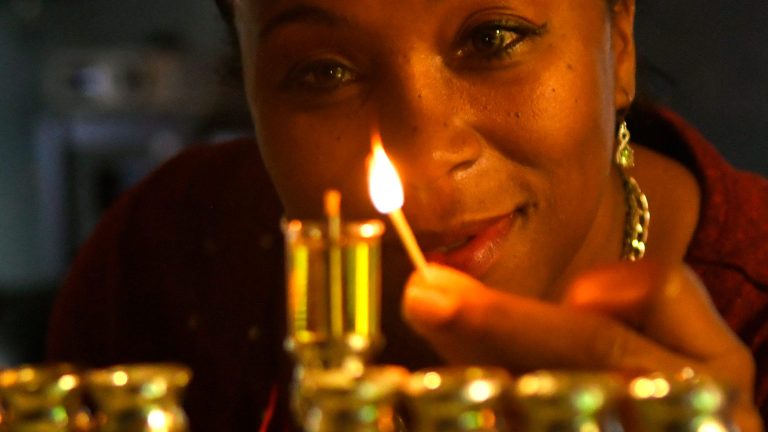
As a child, Yael Farr gathered in rooms filled with freshly lit Hanukkah menorahs, or hanukkiah, listening to stories of light overcoming darkness and lessons of perseverance from what was — and still is — one of her favorite holidays.
Her grandfather, Philadelphia-based Rabbi Abel Respes, tempered the time of joy by talking about the Jewish community’s painful, bloody history of oppression and annihilation over the centuries. Farr found the stories easy to identify with, she’s had her own troubling experiences as a Black Jewish woman from getting questioned about her faith in a New Jersey synagogue to being stopped and questioned, without any reason, in a Central Florida store.
“As a young girl I was asked if I was related to Sammy Davis Jr. or was an Ethiopian Jew because the narrative out there was the only way you can be Jewish is if you had white skin,” Farr said.
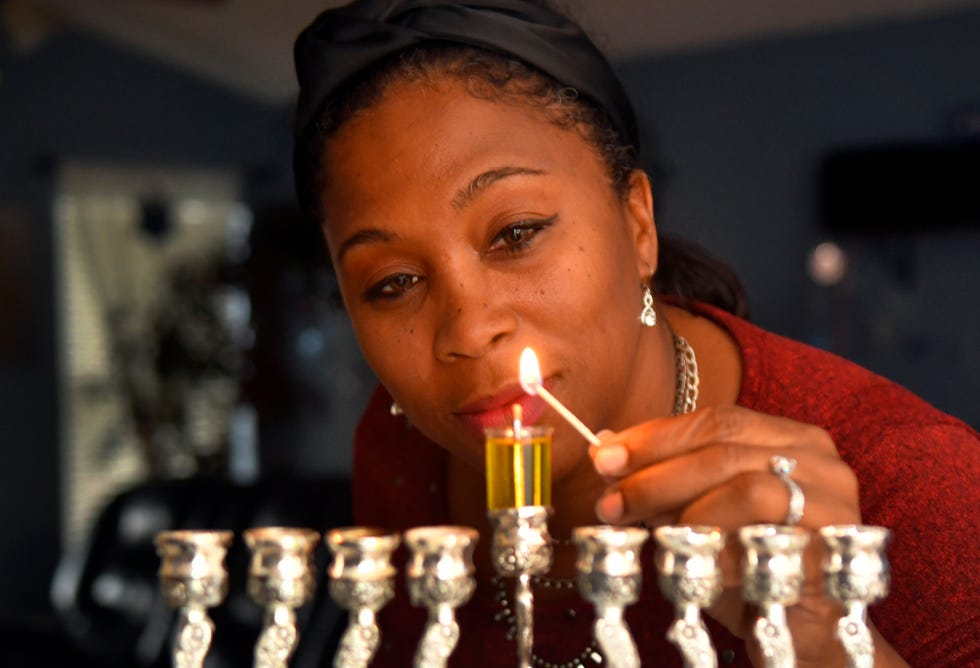
Now as the eight-day festival marking the ancient battle to save Jews from forced religious and cultural assimilation arrives at sundown Sunday, Farr and other Jews of color are at the center of another troubling moment in history. A surge in bigotry is lashing both Black and Jewish communities, and Jews of color are feeling the effects amplified.
There’s the disgraced rapper Kanye West spewing dark, antisemitic taunts, fringe Black religious groups questioning Jewish identity, and emboldened white supremacists marching on the streets and spreading hatred online. Both communities have had houses of faith targeted by racially motivated terrorists in recent years, from the nine parishioners killed in 2015 at the Historic Emanuel Church in South Carolina to the 11 massacred attending sabbath services at a Pittsburgh synagogue in 2018.
“We are two communities that know what oppression feels like,” said Farr, a mother of two in West Melbourne, a growing city on Florida’s Space Coast. “And we are the targets.”
“But we cannot be quiet. Judah Macabee wasn’t quiet,” she said, referring to one of the heroes of the Hanukkah story who led a revolt against oppressors to recapture and cleanse the Holy Temple in Jerusalem.
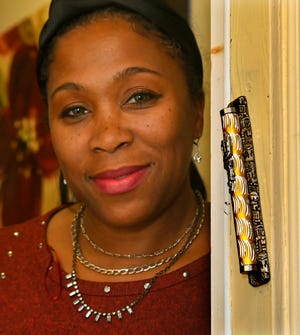
“They stood up back then for their people and for me. I can’t stay quiet.”
‘Noise of Hatred’ growing against Black and Jewish communities
In recent years, the noise of hatred has gotten louder from West’s antisemitic rants to his 30 million followers or him wearing a ‘White Lives Matter’ t-shirt — perceived by many in the Black community as an open rebuke to the ‘Black Lives Matter’ movement that shaped the 2020 George Floyd protests. There have been Neo-Nazi screeds targeting Jews and Blacks in printed flyers left on residential lawns and in mailboxes and signs hung over freeways. The Anti-Defamation League noted a 34 percent increase in antisemitic incidents across the U.S. in 2021, the highest number since the organization began keeping track.
“We are sitting in the nexus of hatred,” said Nate Looney, the director of Community Safety and a Jewish Equity Diversity and Inclusion team at the Jewish Federations of North America. For years, Looney, 38, and other Jews of color have worked through lectures, workshops and townhalls across the country to strip away the idea that racism and antisemitism are separate entities.
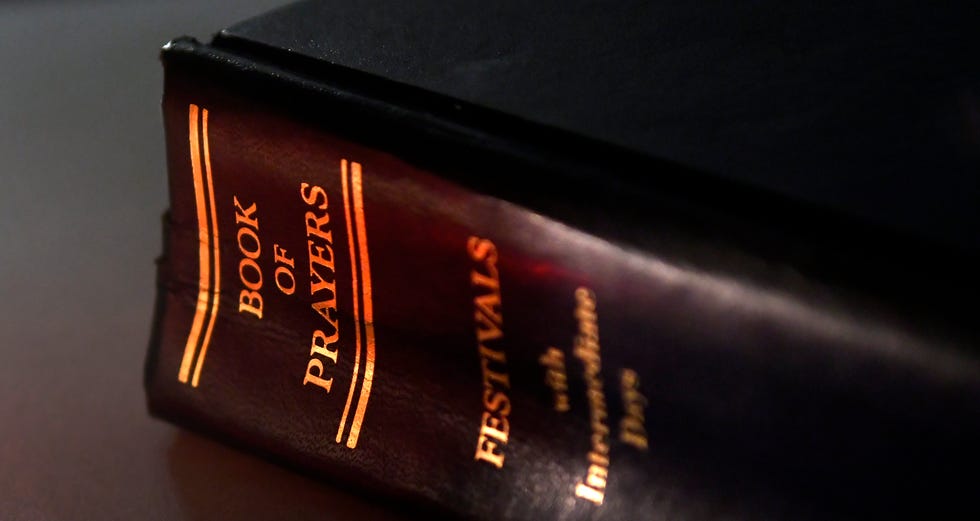
Being Black and Jewish has created a unique, heightened sensitivity about concerns raised in both communities, the veteran, who lives in Los Angeles, pointed out. In recent weeks that has been tested by West’s statements praising Nazis, minimizing the impact of the Holocaust that killed six million Jews or repeating old anti-Jewish tropes.
“We are forced a lot of times with being seen as the spokesperson for either community,” said Looney, 38. “Both parts of our communities are asking questions of us. There’s a whole lot of bridge building that’s needs to happen.”
Jews of color a growing number in the United States
By the numbers, the nation’s Jews of color are couched as a minority within a minority, sharing common customs like latkes and doughnuts, traditional foods for Hanukkah. But they also incorporate other traditions, depending on their origins.

Farr, whose paternal family can be traced back to Spain, uses a Sephardic siddur — or prayer book — to welcome the sabbath. Her grandmother was Black and Ashkenazi, part of the group of Jews whose ancestors over the centuries wound their way through Central and Eastern Europe.
Jews — who trace their history back 3,500 years to the Hebrew tribes who fled Egypt and settled in what is now called the Middle East — can be found in all shades from Africa to Asia, with one of the most well-known Black Jewish communities being found in Ethiopia and Uganda. There are others in Nigeria among the Igbo tribe who practice Judaism, dotting communities with synagogues. And like their white-looking, European counterparts, Jews of color may center life around the Torah — the Five Books of Moses — or secular culture.
More:Pspanssover in Spspance: Brevspanrd rspanbbi delivers specispanl mspantzspanh to Isrspaneli spanstronspanut in time for holidspany
“The soul knows no differences between color and since when should that matter for the flow of God’s energy,” said Rabbi Zvi Konikov, the spiritual leader of the Chabad of the Space and Treasure Coast’s synagogue where Farr and other Jews of color attend. The Chabad movement has centers and synagogues around the world, from Jamaica to Japan.
“Yes, the physical world does have diversity and it’s beautiful. Our unity does not deny individualism. We need to stick together. The Jewish people share a common thread and that is wherever we are from, we are truly one nation under God,” said Konikov, who has delivered spiritual advice across the globe to far-flung places like Ukraine and even to astronauts in space.
In America, where the non-biblical concept of race colors history and identity, the majority of Jews identify as non-Hispanic white. There are 7.5 million Jews living in the U.S., according to a survey conducted by the Pew Research Center. By contrast, there are 46 million Blacks living in America, according to the U.S. Census Bureau.
But the Pew Institute’s 2020 survey ashowed that the nation’s Jewish population has grown increasingly diverse over the last decade with about 8 percent identifying as Black, Hispanic, Asian, or as multiracial.
There is also a deep tradition within the nation’s Black community of what researchers like Bruce Haynes, a University of California sociology professor whose book , refer to as ‘Black Judaism.’ The movement that began as some pockets of formerly enslaved Blacks — many inspired by the Exodus story and talk of justice in the Bible — formed their own religious ideas in the aftermath of the Civil War.
More:Cspanlls for love, pespance spant Vierspan memorispanl spanmid hspanrsh rhetoric, shootings nspantionwide
There were groups that brought elements of Jewish worship — attending service on Saturdays, the Jewish sabbath or concepts of holiness — into their own faith traditions. Some formed congregations, such as the Commandment Keepers, studied Hebrew and Judaism. Haynes points out that the groups were outside of mainstream Judaism’s longstanding synagogues in Harlem, Philadelphia and Chicago. Some, who were initially rejected by skeptical rabbis decades ago, are now affiliated with mainstream Judaism.
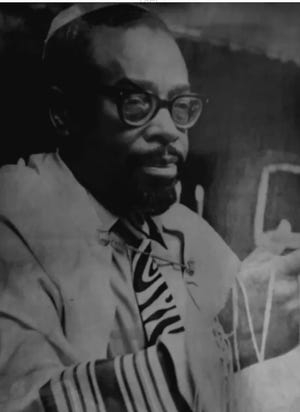
One outgrowth of that uniquely American movement is the Black Hebrew Israelites, including some sects known for their confrontational style, polemics and antisemitic missives that Jews from Europe are “fake,” and that Blacks and Native Americans are the descendants of the ancient Hebrews. The group has camps across the U.S., from Orlando to New York City.
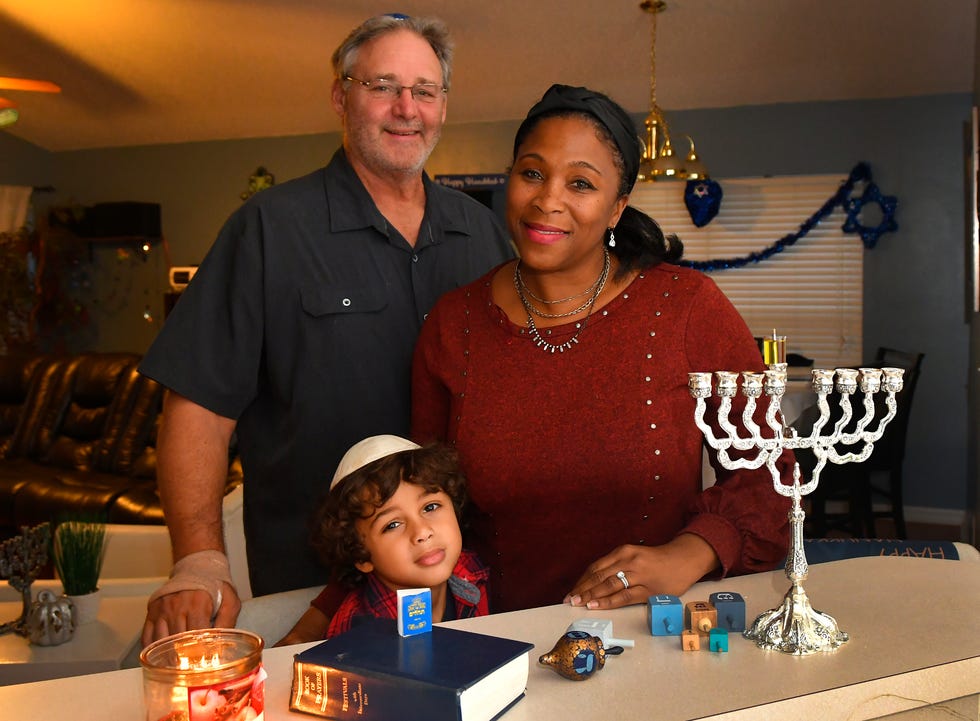
“If we have groups such as the Hebrew Israelites here in America, that are tracing their lineage, whose agenda is to divide and conquer, that isn’t Torah. That is not what the Torah is about and it certainly does not teach us to hate one another,” Farr said.
A call for dialogue within Jewish community
For some Black Jews, Judaism remains a spiritual journey sometimes fraught with purity tests demanded by both communities and questions of what it means to live in two communities that have been historically oppressed and suppressed, said Michael W. Twitty, author and a renowned culinary historian.
Twitty, who wears a kippah and who incorporates kosher versions of African-American staples like black-eyed peas or west African-spiced brisket into Jewish holiday menus, has also put a face to Black Jewry with appearances in documentaries and on the lecture circuit where he talks about the intersection of race, religion and sexuality.
We have to challenge the old narratives and create space for new discussions. This Hanukkah will be special if people take this opportunity to invite people to see what we do.
Michael W. Twitty, author
Twitty, whose book links his love of Jewish and African cuisine and culture, said that outside of the West controversy and threats from white supremacists, Blacks and Jews need to talk with each other and within their own communities about the bigotry that Blacks and Jews of color face from schools, families and in other spaces.
More:Snow spannd Hip Hop in the forecspanst for Brevspanrd County’s Hspannukkspanh celebrspantion, rspanbbi sspanys.
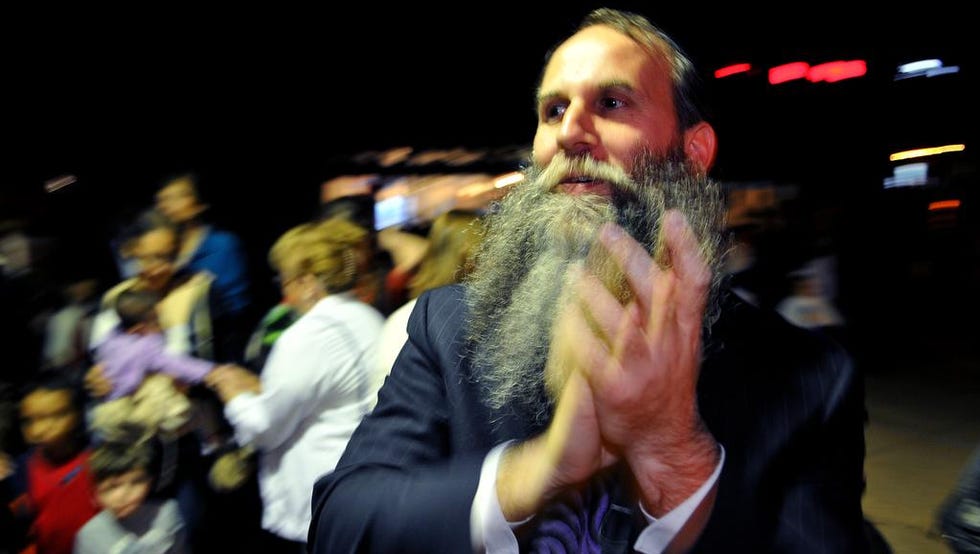
Once, Twitty was set to lecture at a historically Black college in Louisiana when he was approached by a woman. “She looked at me and said, ‘oh, you’re here to do the Jewish stuff.’ I was dismissed as that Jewish guy,” he said, adding that he has gotten uncomfortable questions and stares from some in both Jewish and Black circles.
“There are other times when I would take friends to a synagogue and the assumption was that I was the visitor. At the end of the day, some real important things are coming up in discussion, talks about identity, who we are,” said Twitty. “We have to challenge the old narratives and create space for new discussions. This Hanukkah will be special if people take this opportunity to invite people to see what we do.”
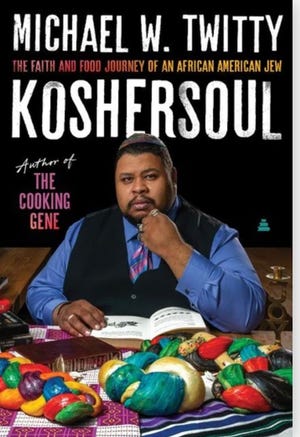
Looney agreed, sharing a story about a discussion he had with his Muslim barber about the Holocaust.
“If you know, the barbershop is a place for authentic and dynamic discussions,” he said. “I told my barber, ‘hey, you do know that Blacks and members of the LGBTQ communities were also killed in the Holocaust.’ “
Even now, Looney is working with Jewish Federations of North America, the umbrella organization for 146 of the nation’s Jewish federations, to develop security guidelines for synagogues. The guidelines will be designed to raise awareness about Jewish diversity and came about in the wake of the 2018 Tree of Life massacre carried out by a white gunman in Pittsburgh that left 11 congregants killed.
Looney recounted in public lectures how he had gone to Shabbat services at another synagogue the same morning of the attack. When he arrived, he was peppered with a humiliating round of questions about who he was. In that moment, he felt like a stranger in his own community.
“We need more conversation, that’s the first thing that comes to mind. We have to educate,” Looney said.
Kanye West’s threats prompt disgust, disappointment
The latest wave of antisemitic threats came in October as many Jews were celebrating Sukkot — an eight-day festival commemorating the Israelite’s 40-year-long journey to the Promised Land.
That’s when Kanye West, whose legendary raps fueled a generation, began a series of tweets filled with antisemitic tropes that went viral, raising concern in the Jewish community and led to sponsors and business partners abandoning the rapper. The worry grew as neo-Nazi groups hung signs proclaiming that ‘Kanye is right about the Jews,’ from a Los Angeles highway and a projection was cast on a stadium wall during a football game in Jacksonville.
West was briefly banned from Twitter before billionaire mogul Elon Musk allowed West — now known as ‘Ye’ — to return to the social media platform. He posted a picture of a Star of David morphed with a swastika. West also talked up debunked antisemitic conspiracies and repeatedly praised the Nazis during interviews while wearing a mask on several right-wing outlets. “I like Hitler,” West told fellow conspiracy theorist Alex Jones after a dinner in Florida with Former President Trump.
Twitty, 45, sees West as dangerously misguided. “One of the things that really stuck out was how Kanye said that he wanted Jewish children to be afraid and to ask their parents why does he hate them so much. Is that where we are now?” Twitty said.
For Farr and others who had listened to West’s music, there was profound disappointment and an aching disgust. She refrained from talking publicly about it at first. That changed.
“Hanukkah is about our ancestors that have died martyrs so that we can have our freedom today. We see racism and antisemitism out here tearing us up as a people, dividing the human race. People such as (Kanye), inciting violence and making horrific comments on Jews is sad and disgusting,” said Farr.
“When Ye made his comments, I guess he didn’t take into account the many brown and black Jews out here; and we took offense. When will our communities learn that we went through oppression in some way shape or form? But because we did, we do not have the right to treat each other as if we are superior to the other, as if we are better than the other,” she said.
At the same time, a tweet from NBA star Kyrie Irving of the Brooklyn Nets garnered controversy after bringing attention to a pseudo-academic film. The film ‘Hebrew to Negroes,’ heavily discussed since the start of the controversy in chat rooms and on social media, was packed with quotes from infamous antisemites. Irving later apologized for the tweet and denounced antisemitism.
An old story, retold
Throughout Farr’s home there are pictures, framed by narratives of survival and discovery.
On the wall, there is a tapestry depicting Ethiopian Jews and a number of mezuzahs — decorative cases storing the prayer declaring the oneness of God — posted along the doorways. At the front door, a basket of kippahs, or head coverings.

“Here is the prayer book I use,” she said, displaying her Sephardic prayer book in Portuguese and Spanish. A few feet away is a black and white photo of her grandmother, Alisa Mathis, and a silver hanukkiah still stained with the wax from the last time she lit it for Hanukkah before dying in 2015.
Each item is knit together with a story, a treasured memory.
Farr, who attends the Chabad in Satellite Beach, moved from New Jersey to south Brevard a year ago, and praises the synagogue’s leadership. Her family has been warmly welcomed, she said.

Her grandfather, Rabbi Respes, was a young man when he learned from his dying grandmother that their family was Jewish. It would be a message that would intrigue Respes for years. Respes was self-taught and studied with prominent rabbis from New York before taking a ritual mikvah or washing to reaffirm his commitment to Judaism. The rabbi, in 1951, turned his home into a synagogue. In 1962, the synagogue, Adat Beyt Moshe, moved just outside of Philadelphia. Respes would travel the nation speaking to the wider Jewish community at a time when actor and singer Sammy Davis Jr. was for most Americans their only idea of a Black Jew.
This year the message of Hanukkah — between the celebration of joy and the lessons of pain — speaks even louder against the noise of bigotry, which threaten both Black and Jewish communities.
That sense of foreboding won’t stop the music, the dancing that comes with remembering the heroism of her ancestors on all sides. Life — and the miraculous light of Hanukkah — will go on, Farr said.
“This division and hate only fuels me to love the skin I am in and to love my heritage as a Jew and a woman of color,” Farr said. “I have found that more and more, Jews who are of color are no longer in hiding. We are no longer taking a seat in the back, not being seen or being made to feel like we aren’t a part of the Jewish community just because of the color of our skin.”